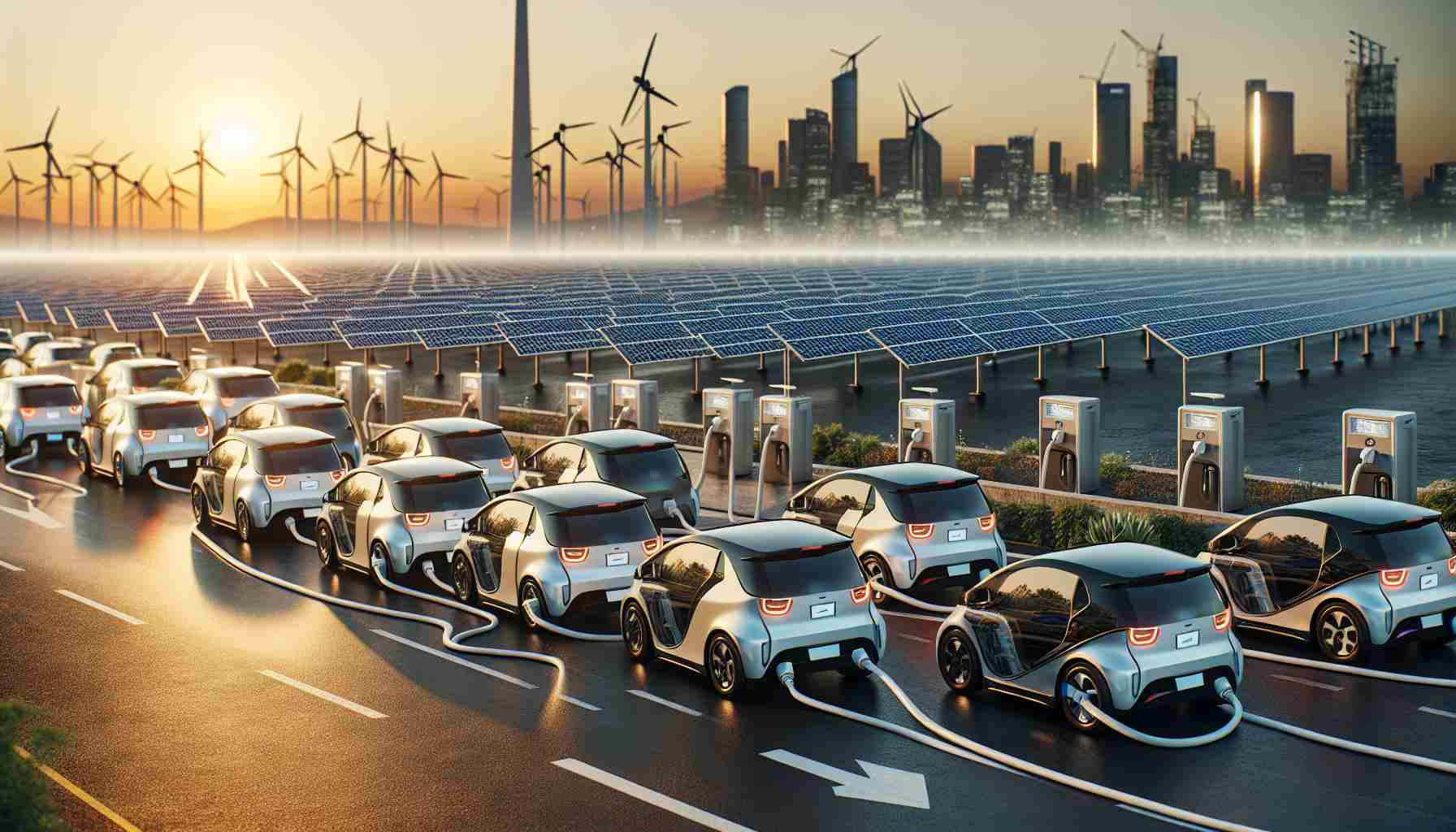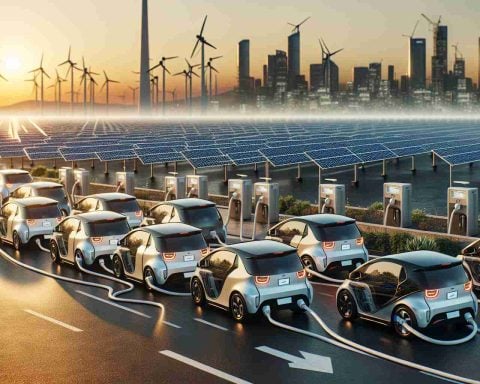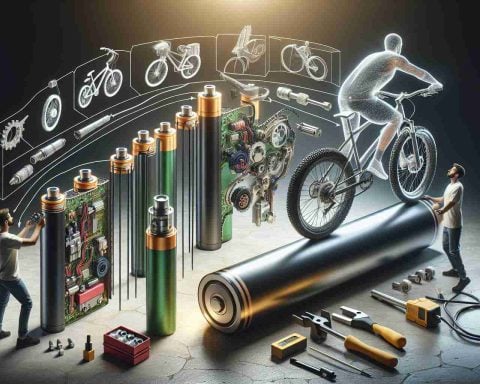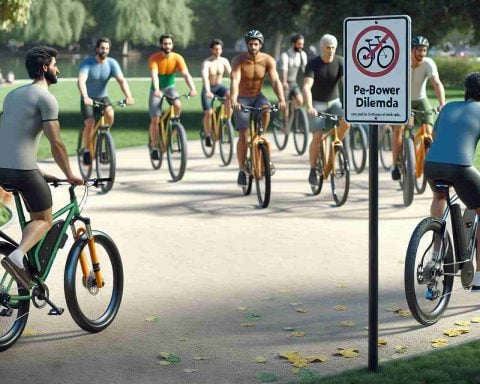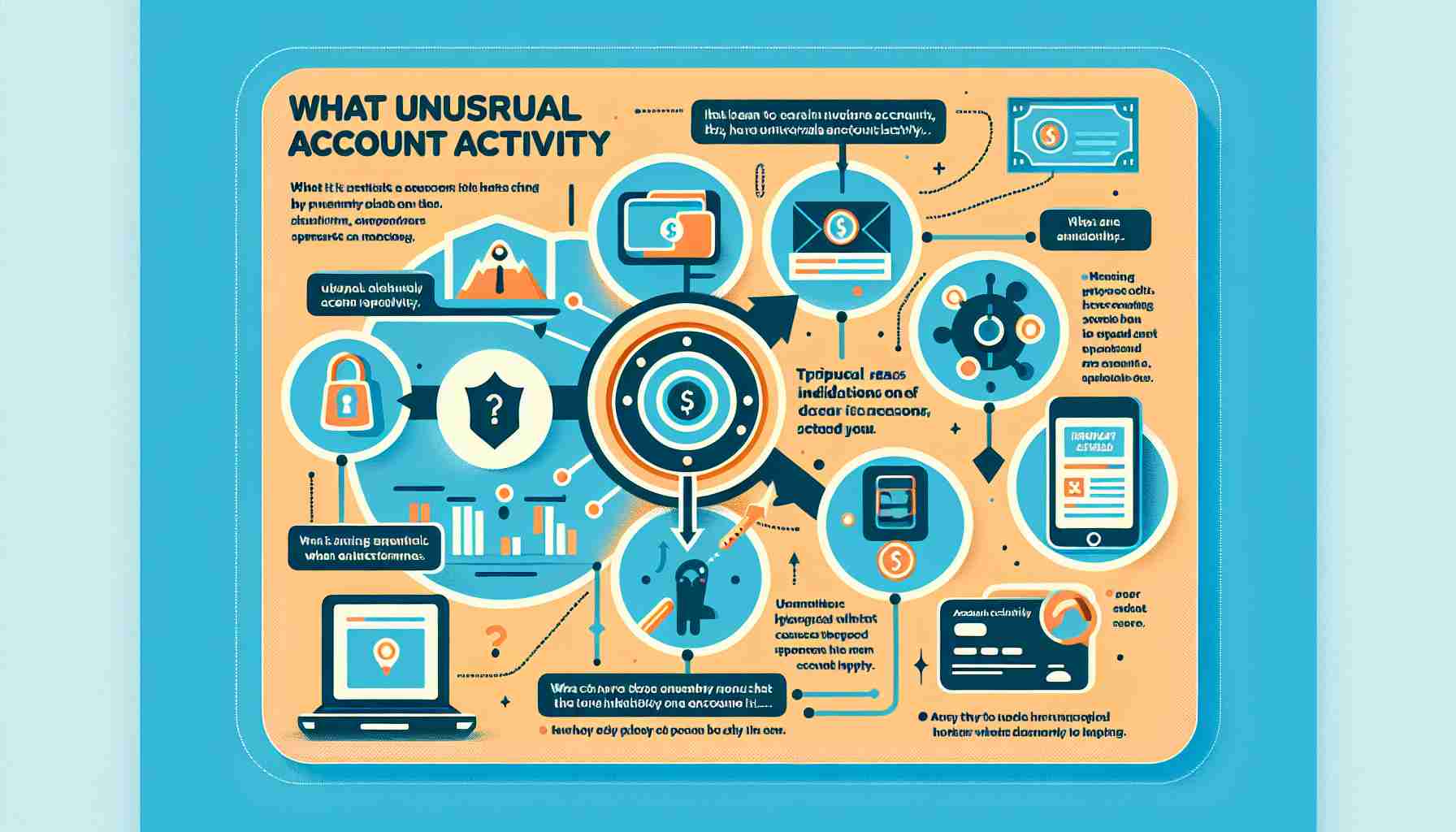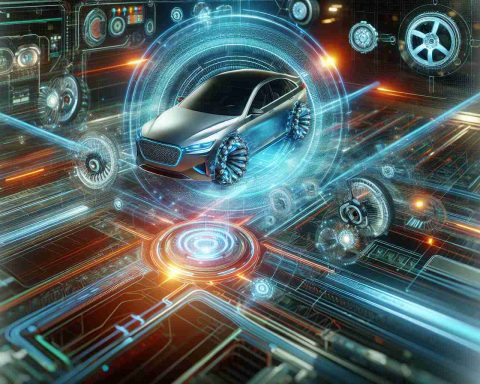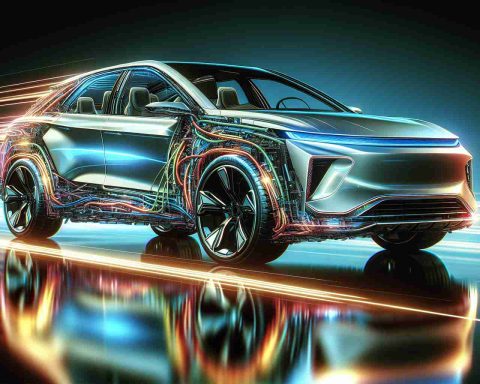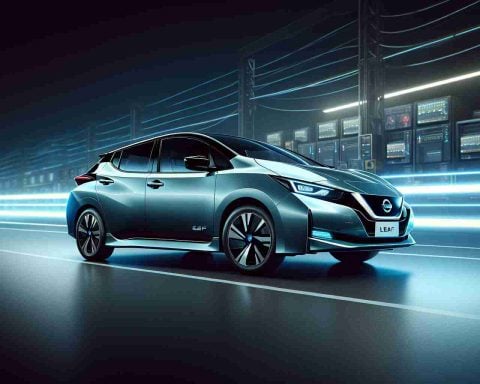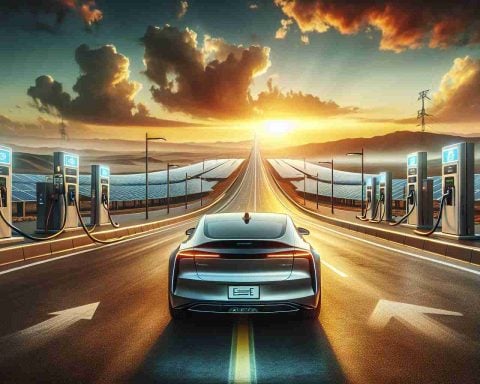- Australia’s bi-directional charging technology can transform electric vehicles into energy sources for homes and the electrical grid.
- Models like the Hyundai Ioniq 5, Tesla Model Y, and Nissan Leaf are already implementing this technology to enhance energy independence and reduce costs.
- The Australian Renewable Energy Agency (ARENA) advocates for a national strategy, including rebates and regulatory reforms, to facilitate bi-directional charging.
- Australia faces current challenges, such as a shortage of approved chargers, but new market entrants are expected to address this demand.
- With proper incentives, ARENA aims for widespread adoption by 2030, reducing household electricity bills and national carbon emissions.
- This energy innovation requires prompt action from both policymakers and industry to redefine Australia’s approach to sustainable energy.
The vast, sun-baked expanses of Australia could soon be more than an endless horizon; they may become the backdrop for a futuristic energy revolution. Picture this: your electric car, already a marvel of technology, not only takes you from point A to point B, but it also becomes an integral part of powering your home and easing the burden on the electrical grid. This is the promise of bi-directional charging—a new frontier in energy innovation.
Bi-directional charging enables vehicles to feed power back into homes or the grid itself, and it’s more than a science fiction dream. This capability is gaining ground with models like the Hyundai Ioniq 5, Tesla Model Y, and Nissan Leaf. The promise of greater energy independence and reduced electricity costs lies at its heart.
The Australian Renewable Energy Agency (ARENA) has rolled out a strategic roadmap to make this vision a reality. They urge the government to spearhead a national strategy—one that includes rebates for installations and reforms to the National Electricity Rules to facilitate dynamic tariffs. Such initiatives are crucial to propel bi-directional charging from niche to nationwide.
Yet, hurdles remain. Currently, Australia lacks sufficient approved chargers, though this landscape is set to change with new entrants poised to meet growing demand. With proper incentives, ARENA envisions hundreds of thousands of households employing this technology by 2030, slashing their power bills and helping the nation curb emissions.
This pioneering approach calls for immediate action—not just from policymakers but a collective commitment from industry players. The roadmap is more than just a series of steps; it’s a clarion call to reinvent how Australians think about energy, heralding a future where cars are more than transport—they’re lifelines to a sustainable tomorrow.
How Australia’s Sun-Drenched Terrain Could Drive a Global Energy Revolution
Australia’s ambitious push toward bi-directional charging technology is poised to transform how energy is consumed and distributed. Far beyond merely providing an alternative to fossil fuels, this technological breakthrough has the potential to redefine entire ecosystems of energy dependence and efficiency.
The Mechanics of Bi-Directional Charging
Bi-directional charging allows electrical vehicles (EVs) not only to store power but also to discharge it back into homes or the electrical grid. This capability means that electric cars can serve as mobile energy storage units, providing backup power during off-peak hours or serving as an emergency power source during outages.
Several carmakers are at the forefront of this innovation. For instance, the Nissan Leaf and Tesla Model Y are already experimenting with this technology, hinting at a future where cars will integrate seamlessly into the home electricity ecosystem.
The Australian Perspective
Australia, with its abundant sun and wide-open spaces, is particularly well-suited to benefit from these advancements. The Australian Renewable Energy Agency (ARENA) has proposed a strategic roadmap that emphasizes the importance of federal involvement to foster this change. Initiatives under discussion include:
– Rebates for Installation: Reducing the upfront cost for consumers willing to adopt bi-directional chargers.
– Reform to Electricity Rules: Encouraging dynamic tariffs, where energy prices fluctuate based on supply and demand.
While the infrastructure is not yet universal, with a deficiency in approved chargers, Australia is preparing to bridge this gap. The potential impact? Hundreds of thousands of households could reduce their energy costs significantly, while also contributing to the national effort to decrease carbon emissions.
Broader Implications
Bi-directional charging is more than a national priority for Australia; it heralds a significant shift in global energy policies. The technology has the potential to:
– Enhance Energy Security: Reduce dependency on traditional energy sources and enhance resilience against grid failures.
– Reduce Carbon Footprint: Contribute to national and international climate targets by decreasing reliance on non-renewable energy.
– Propel Technological Innovation: Encourage innovations in battery technology, grid management, and energy storage solutions.
Challenges and Considerations
This vision faces obstacles, however. The consumer market needs education on the benefits and practicalities of bi-directional charging. Furthermore:
– Infrastructure Investment: Significant investment is needed to accommodate and service the increase in bi-directional vehicles.
– Regulatory Hurdles: Complex regulatory environments could delay the implementation of necessary changes to electricity tariffs and grid management.
– Manufacturing and Supply Chains: Global supply chains must be readied for increased demand for specific vehicle models and charging units.
Global Considerations
Globally, the conversation around renewable energy is at a critical juncture. The lessons learned and milestones achieved in Australia could offer a benchmark for other nations. Countries with vast untapped renewable energy potential could look to Australia’s model as a template for their national strategies.
For further information, you might consider exploring the official sites of companies mentioned, like the Hyundai website, or energy agencies like ARENA and global energy institutions. Here are some useful links:
– Hyundai
– Tesla
– Nissan
– Australian Renewable Energy Agency (ARENA)
Bi-directional charging could very well represent a milestone in sustainable innovation, setting the stage for a future where mobility and energy security are interlinked, not just in Australia, but on a global scale.
